Creating a comfortable and functional living space can be challenging for renters, especially in shared or small apartments. One effective solution is to use portable room dividers. These versatile pieces allow you to create privacy and define different areas without the need for permanent fixtures. In this article, we will explore various styles, materials, and practical tips to help you enhance your living space.
What Are Portable Room Dividers?
Portable room dividers are temporary partitions that can be easily moved and set up to separate spaces. They come in a variety of designs, including folding screens, curtains, and shelving units, making them suitable for any decor style.
Why Choose Room Dividers for Renting?
For renters, the ability to create distinct areas is crucial. Room dividers offer privacy and functionality, making them perfect for shared living situations. They allow you to section off areas for sleeping, working, or entertaining without making any permanent changes to the space.
Top Features to Look for in Room Dividers
- Size: Ensure the divider fits well in your space without overwhelming it.
- Portability: Look for lightweight options that are easy to move.
- Style: Choose a design that complements your existing decor.
- Material: Consider durability and maintenance requirements.
Best Materials for Portable Room Dividers
The choice of material significantly impacts the functionality and aesthetic of your room divider. Common materials include:
- Fabric: Soft and versatile, fabric dividers can add warmth to any space.
- Wood: Offers a sturdy and classic look, perfect for traditional interiors.
- Metal: Provides a modern and sleek appearance, often used in contemporary designs.
How to Choose the Right Size Room Divider?
Before purchasing a room divider, it’s essential to measure your space accurately. Consider the height and width of the divider to ensure it meets your needs effectively. A well-sized divider can enhance functionality without making the area feel cramped.
Stylish Designs of Portable Room Dividers
Portable room dividers come in various designs, allowing you to express your style. Options include:
- Folding Screens: These are versatile and can be easily stored when not in use.
- Curtains: A soft option that can be drawn open or closed as needed.
- Bookcase Dividers: Serve a dual purpose by providing storage while separating spaces.
DIY Room Divider Ideas for Renters
If you’re looking for a budget-friendly option, consider creating your own room divider. Ideas include:
- Using tension rods to hang curtains.
- Repurposing old furniture, like bookshelves or screens.
- Crafting a divider with fabric and a frame for a custom look.
How to Maintain and Care for Your Room Divider?
To ensure your room divider lasts, regular maintenance is key. Clean fabric dividers according to the manufacturer’s instructions, and dust wooden or metal dividers frequently to keep them looking new.
Where to Buy Portable Room Dividers?
Several retailers offer a wide range of portable room dividers. Consider checking:
- Home goods stores for various styles.
- Online marketplaces for competitive pricing.
- Specialty furniture stores for unique designs.
Cost Considerations for Room Dividers
Room divider prices can vary widely based on material, design, and brand. Set a budget and compare options to find a divider that fits your needs without breaking the bank.
Real-Life Applications of Room Dividers
Room dividers can be utilized in numerous settings, from living rooms to home offices. Many renters have creatively used dividers to enhance their spaces, improving both functionality and aesthetics.
Benefits of Using Room Dividers in Small Spaces
In compact living areas, room dividers significantly improve privacy and organization. They allow for better space utilization, transforming a single room into multiple functional areas.
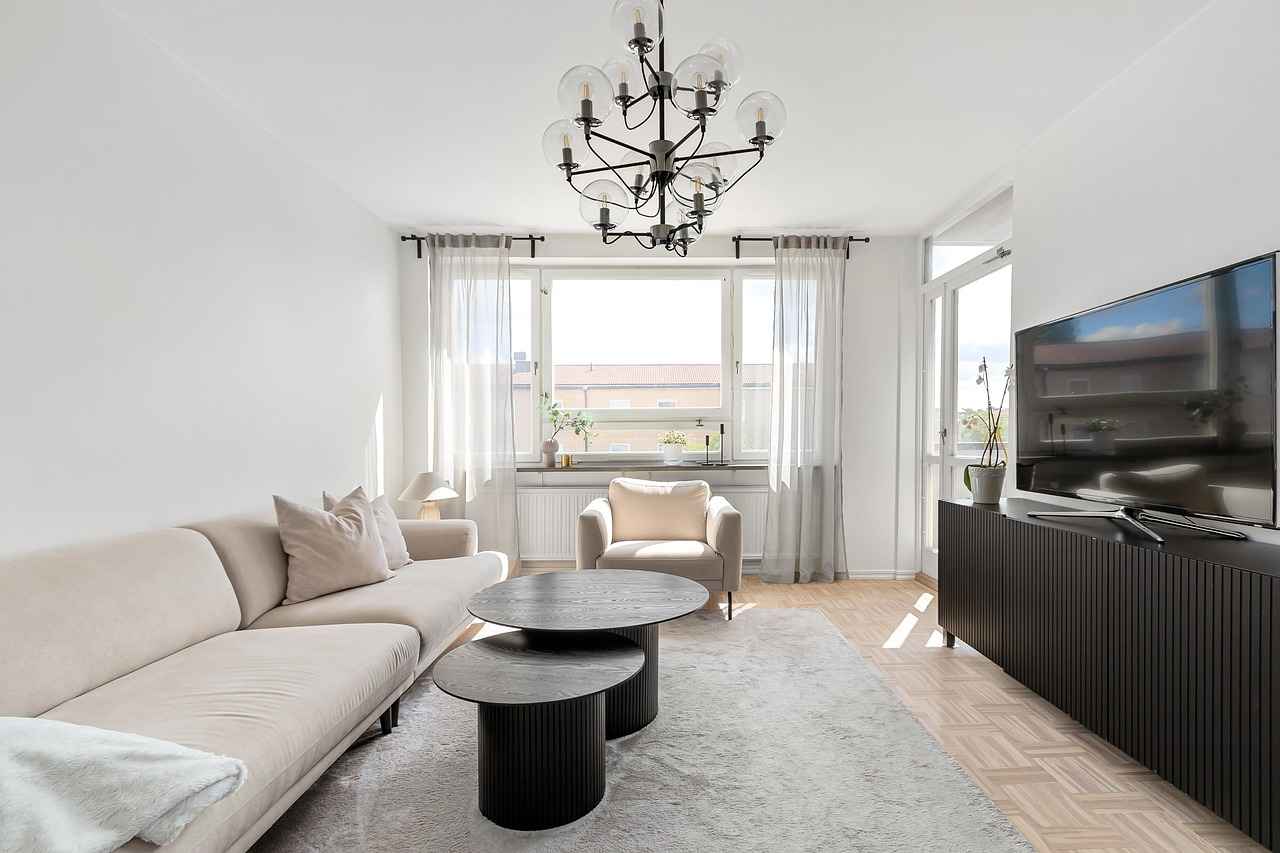
What Are Portable Room Dividers?
Portable room dividers are innovative and adaptable solutions designed specifically for those who seek to maximize their living space while maintaining flexibility. These versatile partitions are perfect for renters who want to create temporary boundaries within their homes without the need for permanent installations. Whether you live in a cozy studio apartment or a shared living space, portable room dividers can help you achieve the privacy and organization you desire.
Available in a wide range of styles, materials, and sizes, these dividers can cater to diverse needs and personal aesthetics. From sleek modern designs to more traditional options, there is a room divider to suit every taste. Many dividers are crafted from lightweight materials, making them easy to move and reposition as needed. This is particularly beneficial for renters who may frequently change their living arrangements or wish to adapt their space for different occasions.
One of the primary advantages of using portable room dividers is their ability to create distinct areas within a larger room. For example, you can use a divider to separate a sleeping area from a living space, or to designate a workspace in a home office environment. This flexibility not only enhances the functionality of your living space but also allows for a more organized and visually appealing environment.
Furthermore, portable room dividers can be an excellent solution for those who value privacy. In shared living situations, such as with roommates or family members, having a temporary partition can provide a sense of personal space without the need for permanent walls. This is especially important in urban settings where living spaces are often limited and privacy can be hard to come by.
Many room dividers also serve a dual purpose, acting as decorative elements that enhance your home’s aesthetic. For instance, a beautifully designed folding screen can serve as a stunning focal point while simultaneously providing the functionality of a divider. Additionally, some dividers come equipped with shelves or storage options, further adding to their practicality.
When considering a portable room divider, it’s essential to evaluate the size and material. The right size will ensure that the divider fits well in your space without overwhelming it. Common materials include fabric, wood, and metal, each offering different levels of durability and style. For instance, fabric dividers can add warmth and texture, while wooden dividers may provide a more rustic or classic feel.
In terms of maintenance, portable room dividers are generally easy to care for. Regular dusting and occasional cleaning will keep them looking fresh and new. Additionally, because they are not fixed to the walls, you can easily relocate them for cleaning or redecorating purposes.
Overall, portable room dividers are an excellent investment for renters looking to enhance their living space. They offer a practical solution for creating privacy and organization without the need for permanent alterations. With a variety of styles and materials available, you can find a room divider that not only meets your functional needs but also complements your home’s decor.
In conclusion, portable room dividers are a versatile and stylish addition to any rental space. They provide the flexibility to create temporary partitions, ensuring that you can enjoy both privacy and functionality in your home.
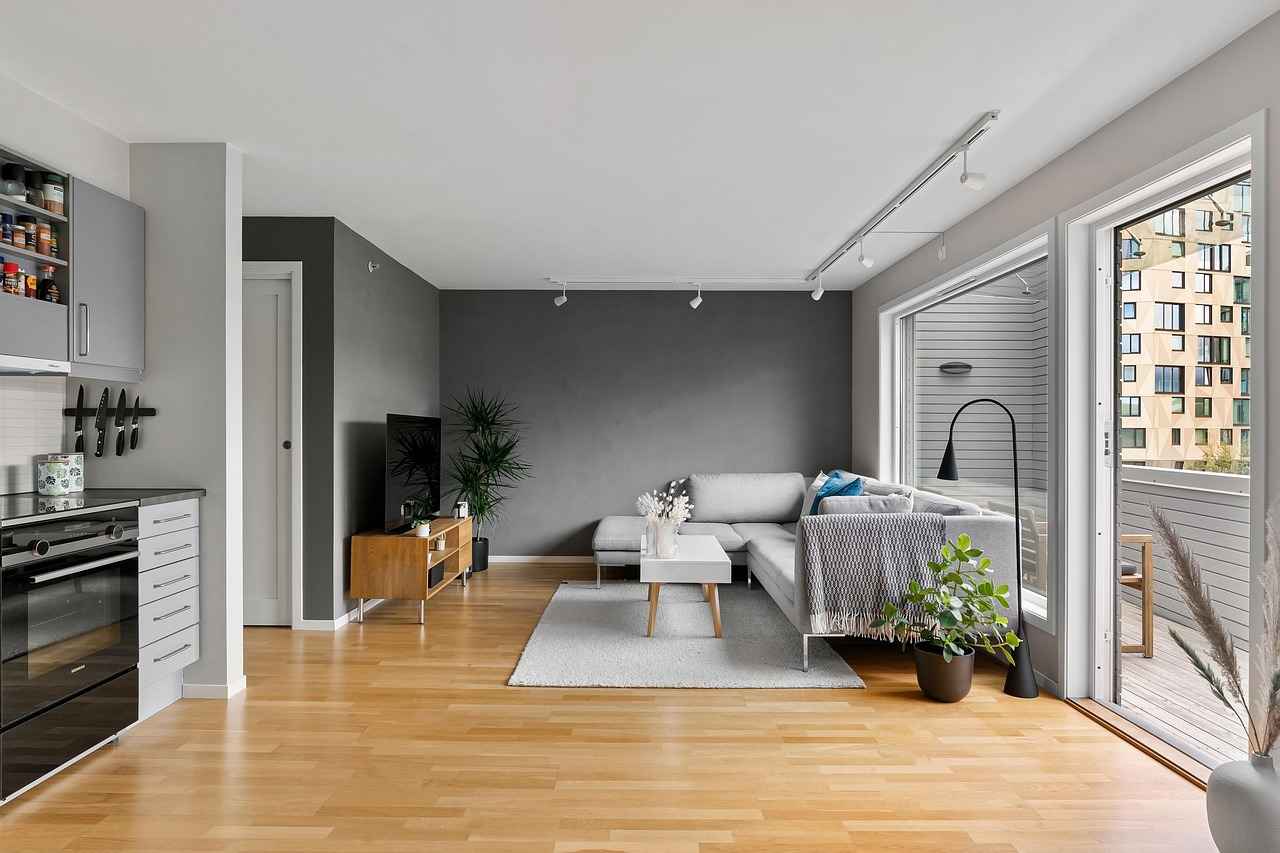
Why Choose Room Dividers for Renting?
When living in a rental space, whether it be an apartment or a studio, the need for privacy and functionality becomes paramount. This is where room dividers come into play, serving as an ideal solution for renters who want to create distinct areas without making permanent changes to their living environment. These versatile partitions not only enhance the aesthetic appeal of a space but also offer practical benefits that cater to the dynamic lifestyles of renters.
- Enhanced Privacy: In shared living situations, such as with roommates or family, room dividers provide a sense of personal space. They allow individuals to have their own area for relaxation or work, which is essential for mental well-being.
- Flexible Layout: Unlike traditional walls, room dividers can be easily moved or reconfigured. This flexibility is particularly appealing for those who enjoy rearranging their living spaces to suit different needs or occasions.
- No Permanent Alterations: As a renter, making permanent changes to your living space is often restricted by lease agreements. Room dividers offer a non-invasive solution to define spaces without the need for drilling or construction.
- Cost-Effective: Investing in a room divider is typically less expensive than remodeling a space. This makes them an attractive option for budget-conscious renters looking to enhance their home.
- Design Versatility: Available in a variety of styles, materials, and colors, room dividers can complement any decor. From modern to rustic, there’s a design to fit every aesthetic preference.
In small living areas, optimizing space is crucial. Room dividers help segment a room into functional zones, such as creating a dedicated sleeping area in a studio apartment or establishing a home office in a corner of the living room. This segmentation not only maximizes the utility of the space but also enhances the overall flow and organization.
When selecting a room divider, renters should consider options that are portable, easy to set up, and stylish. Here are some popular types:
- Folding Screens: These are lightweight and can be easily moved or stored away when not in use.
- Fabric Panels: Soft fabric dividers can add a touch of warmth and texture to a room while providing privacy.
- Bookcase Dividers: Dual-purpose furniture, such as bookcases, can serve as a divider while also providing storage for books and decor.
- Sliding Curtains: Curtains can be hung from a ceiling track to create a flexible and stylish partition.
For those looking to add a personal touch, DIY room dividers can be a fun and creative project. Renters can use materials such as reclaimed wood, fabric, or even old doors to craft unique dividers that reflect their style. This approach not only saves money but also allows for customization to fit specific space requirements.
To ensure your room divider remains in good condition, regular maintenance is essential. Depending on the material, cleaning may involve dusting, vacuuming, or spot cleaning with gentle detergents. Additionally, avoid placing heavy objects on top of dividers to prevent damage.
In summary, room dividers are an excellent choice for renters who wish to enhance their living spaces with privacy and functionality. With a wide variety of styles and materials available, they offer a flexible solution that can adapt to changing needs while adhering to rental agreements.
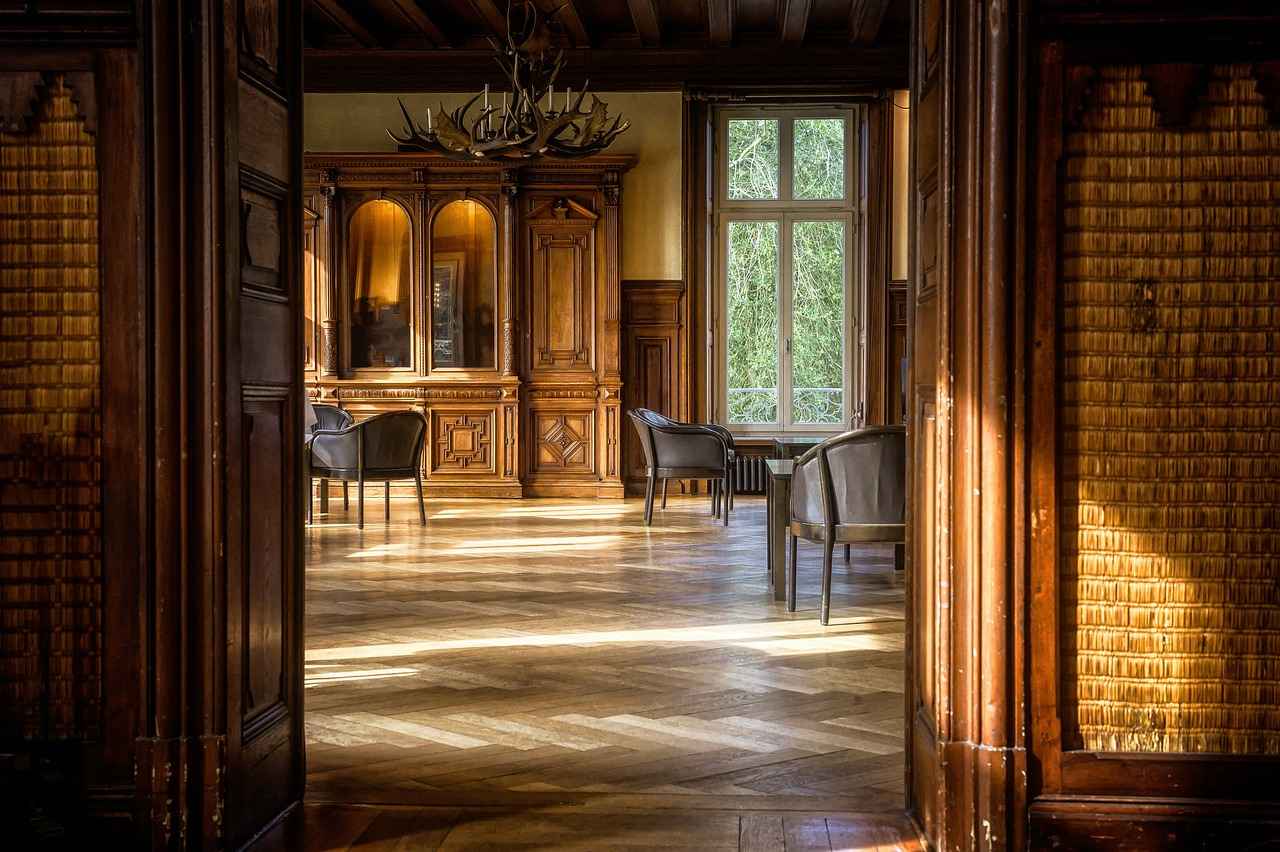
Top Features to Look for in Room Dividers
When it comes to enhancing your living space, room dividers serve as an excellent solution for renters who seek to create privacy and define different areas without making permanent changes. However, not all room dividers are created equal. It’s essential to consider various features to ensure that you choose the right one for your needs. Below are the top features to look for in room dividers.
Size plays a pivotal role in the effectiveness of a room divider. You should measure your space carefully before making a purchase. A divider that is too large can overwhelm a room, while one that is too small may not provide the privacy you need. Consider both the height and width of the divider. A standard height is usually around 6 feet, but you can find options that vary significantly. Additionally, think about how much space you want to separate; this will guide you in choosing the appropriate dimensions.
The material of your room divider affects not only its appearance but also its durability and functionality. Here are some popular options:
- Fabric: Lightweight and easy to move, fabric dividers can add a soft touch to your space.
- Wood: Offers a classic look and is often more stable, making it suitable for long-term use.
- Metal: Provides a modern aesthetic and is typically very durable.
Each material has its unique benefits, so consider what fits best with your existing decor and functional needs.
If you’re a renter, portability is crucial. Look for dividers that are lightweight and easy to move. Some options come with wheels or foldable designs, allowing you to rearrange your space effortlessly. This feature is especially important if you frequently change your layout or need to store the divider when not in use.
Room dividers come in various styles that can either blend in or stand out in your decor. From minimalist designs to intricate patterns, the style of your divider can enhance the overall aesthetic of your room. Consider the existing color scheme and furniture style; a well-chosen divider can serve as a focal point or a subtle background element.
Maintenance is another key consideration. Some materials require more care than others. For instance, fabric dividers may need regular washing to keep them looking fresh, while wooden dividers might require polishing to maintain their shine. Choose a divider that fits your lifestyle and maintenance preferences to ensure it remains functional and aesthetically pleasing.
Some room dividers come with added features, such as built-in storage or the ability to hang items. These multifunctional designs can maximize your space and provide additional utility. Think about how you plan to use the divider and whether these extra features would be beneficial for your specific needs.
In conclusion, selecting the right room divider involves careful consideration of size, material, portability, style, maintenance, and any additional features. By focusing on these aspects, you can find a divider that not only meets your practical needs but also enhances your living environment.

Best Materials for Portable Room Dividers
When it comes to enhancing the functionality and aesthetics of your living space, portable room dividers play a crucial role. The choice of material for these dividers significantly impacts their durability, aesthetics, and functionality. Understanding the various materials available can help you make an informed decision that suits your specific needs.
The material of a room divider not only influences its overall look but also determines how well it performs in different environments. Here’s a closer look at some of the most popular materials:
- Fabric: Fabric room dividers are lightweight and often come in a variety of colors and patterns. They can add a soft touch to a space and are ideal for creating a cozy atmosphere. However, they may require more maintenance to keep them clean and looking fresh.
- Wood: Wooden dividers offer a classic and elegant look. They are durable and can withstand wear and tear, making them suitable for long-term use. The natural grain of wood can enhance the aesthetic appeal of your room, but they may be heavier and less portable compared to other options.
- Metal: Metal dividers are known for their modern and industrial appeal. They are incredibly durable and can be designed in various styles, from sleek and minimalist to ornate. Metal dividers are often easy to clean and maintain, making them a practical choice for busy households.
When selecting a room divider, consider the following factors:
- Functionality: What purpose will the divider serve? If you need flexibility, fabric may be the best choice. For a more permanent solution, wood or metal could be preferable.
- Aesthetic: Think about your existing decor. Choose a material that complements your style, whether it’s modern, traditional, or eclectic.
- Durability: Assess how much wear and tear the divider will experience. For high-traffic areas, opt for sturdier materials like wood or metal.
- Maintenance: Consider how much upkeep you are willing to commit to. Fabric dividers may need regular cleaning, while metal and wood are generally easier to maintain.
Each material comes with its own set of advantages. Here’s a summary:
| Material | Benefits |
|---|---|
| Fabric | Lightweight, versatile designs, and softens the room’s ambiance. |
| Wood | Durable, timeless appeal, and adds warmth to the space. |
| Metal | Highly durable, modern aesthetic, and low maintenance. |
Ultimately, the best material for your portable room divider will depend on your personal preferences, lifestyle, and the specific needs of your living space. By considering the factors mentioned above, you can select a divider that not only enhances your space but also aligns with your functional requirements.
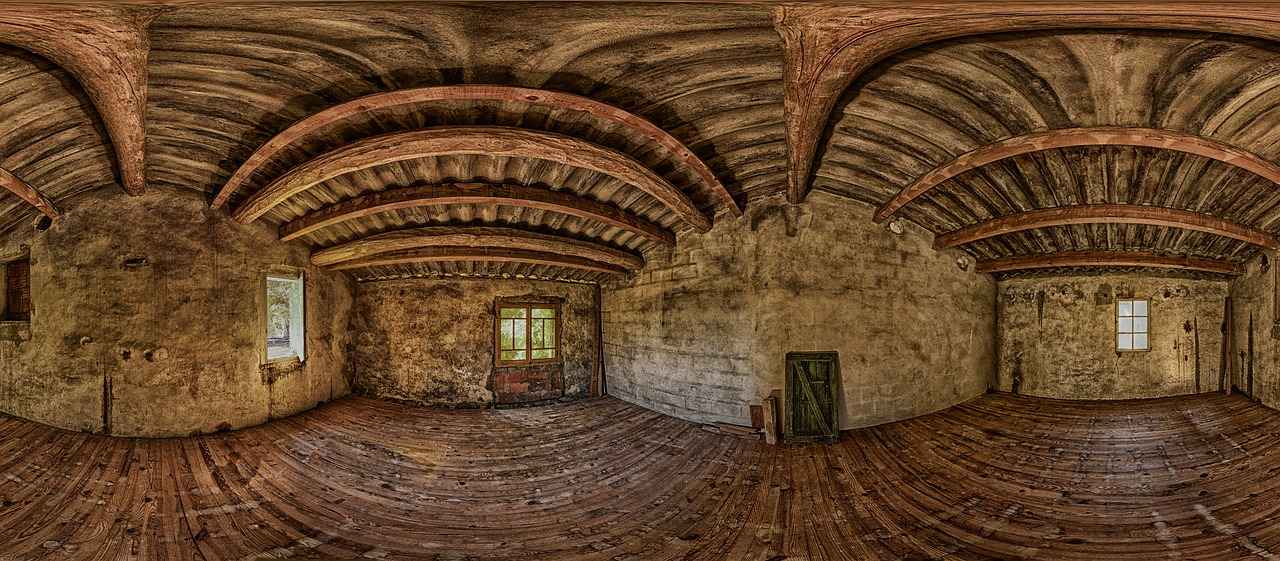
How to Choose the Right Size Room Divider?
When it comes to optimizing your living space, choosing the right size room divider is of utmost importance. A well-selected divider can not only enhance the aesthetics of your room but also maximize its functionality. Here’s a comprehensive guide on how to select the perfect size for your needs.
First and foremost, measure your space accurately. Start by determining the dimensions of the area where you plan to place the divider. Use a measuring tape to get the exact height and width of the space. This step is crucial as it helps you visualize how the divider will fit within your room. Keep in mind that the divider should not obstruct pathways or make the area feel cramped.
- Height Considerations: The height of your room divider can significantly impact the overall feel of the space. If you are aiming for a sense of privacy, opt for taller dividers, ideally reaching the ceiling or close to it. On the other hand, if you want to maintain an open feel while still defining areas, consider shorter dividers.
- Width and Depth: The width of the divider should correspond with the size of your space. A wider divider can serve as a more substantial barrier, while a narrower one can create a subtle separation. Also, consider the depth; a bulky divider can take up valuable floor space, so aim for a design that offers functionality without overwhelming the area.
Next, think about the functionality of the divider. Will it be used to separate a living area from a workspace, or perhaps create a cozy nook in a larger room? Understanding its purpose will guide you in selecting the appropriate dimensions. For example, if you need to create a small office space in your living room, a divider that is about 5-6 feet wide may be ideal to provide adequate separation without closing off the area completely.
Another important aspect is the style of the divider. Different designs can affect how a room feels. A folding screen may require less space when not in use, while a more permanent-looking bookshelf divider might need additional width and depth. Consider how the style aligns with your existing decor to ensure a cohesive look.
Finally, don’t forget to consider your lifestyle. If you frequently rearrange your space or have a dynamic lifestyle, a lightweight and portable divider could be the best choice. This way, you can easily move it around as needed. On the contrary, if your living situation is more stable, investing in a larger, more permanent fixture might be worthwhile.
In conclusion, taking the time to choose the right size room divider can make a significant difference in your living space. By measuring accurately, considering height and width, and understanding the functionality and style you desire, you can select a divider that not only fits well but also enhances your home’s overall ambiance.
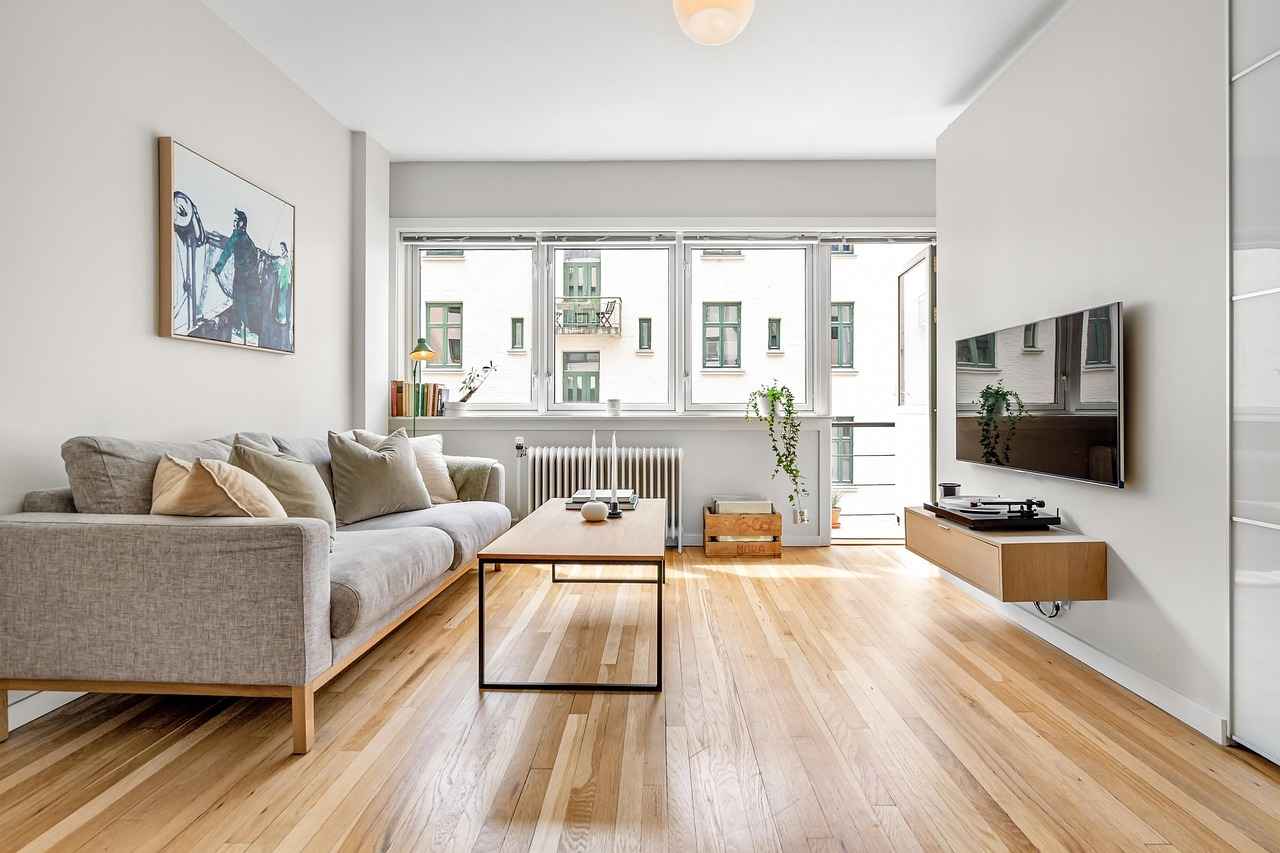
Stylish Designs of Portable Room Dividers
When it comes to enhancing your living space, portable room dividers serve as both functional and aesthetic solutions. They offer an effortless way to create privacy and define areas within a room, making them especially appealing for renters. With a variety of designs available, you can easily find a divider that complements your style while meeting your practical needs.
Room dividers are not just practical; they can also be stylish additions to your home decor. The right divider can serve as a focal point in your room, enhancing its overall aesthetic. Here are some popular styles:
- Folding Screens: These are classic dividers that come in a range of designs, from intricate patterns to minimalist styles. Folding screens can be easily moved and stored, making them a versatile choice.
- Curtains: Using curtains as dividers allows for flexibility in creating open or closed spaces. They can be drawn back when not in use, providing a seamless transition between areas.
- Bookcase Dividers: These not only divide space but also provide storage for books and decorative items. They can serve a dual purpose, enhancing both functionality and style.
- Sliding Panels: For a modern touch, consider sliding panels that can be easily opened or closed. This type of divider is great for larger spaces where you want to maintain an open feel.
When selecting a room divider, consider the overall theme of your space. A traditional folding screen may look out of place in a modern setting, while a sleek sliding panel might not suit a rustic decor. Here are some tips for choosing the right design:
- Assess your existing decor: Look for colors and materials that complement your current furnishings.
- Consider functionality: Choose a design that meets your needs for privacy, storage, or aesthetic appeal.
- Think about size: Ensure the divider fits well within your space without overwhelming it.
The material of your room divider plays a crucial role in its overall look and feel. Here are some popular materials:
- Wood: Offers warmth and durability, perfect for traditional or rustic designs.
- Fabric: Provides softness and versatility, available in various colors and patterns.
- Metal: Ideal for modern and industrial styles, offering a sleek and contemporary look.
Beyond aesthetics, stylish room dividers offer numerous benefits:
- Enhanced Privacy: They create personal spaces in shared environments, making them ideal for roommates or families.
- Space Definition: Dividers help delineate areas in open floor plans, providing a sense of organization.
- Easy to Move: Unlike permanent walls, portable dividers can be repositioned as needed, allowing for flexibility.
In conclusion, when exploring , consider the various options available that suit your personal style and functional needs. From folding screens to bookcase dividers, you can find the perfect piece that enhances your space while providing necessary utility. With thoughtful selection, these dividers can transform your living area into a more organized and visually appealing environment.

DIY Room Divider Ideas for Renters
If you’re a renter looking to create distinct areas in your living space without making permanent changes, DIY room dividers offer a fantastic solution. These dividers can be both functional and stylish, allowing you to personalize your home while maintaining flexibility. Here are some creative ideas to inspire your next project.
When it comes to DIY room dividers, the materials you choose can significantly impact both the look and functionality. Here are some popular options:
- Curtains: Lightweight and easy to install, curtains can be hung from a ceiling track or tension rod. They come in various colors and patterns, allowing you to match your decor.
- Repurposed Furniture: Old bookshelves, folding screens, or even large plants can serve as effective dividers. These items not only create separation but also add character to your space.
- Wood Pallets: Stacked or hinged wood pallets can create a rustic look. They can be painted or stained to fit your style.
- Fabric Panels: Stretch fabric over a frame or create a simple tension rod setup. This option is lightweight and can be easily changed out with different fabrics.
Using curtains as room dividers is a popular choice for renters. Here’s a simple step-by-step guide:
1. Choose your fabric: Select a fabric that complements your decor.2. Measure your space: Determine the width and height needed for the curtain.3. Install a curtain rod: Use adhesive hooks or tension rods to avoid drilling.4. Hang the curtains: Slide the curtains onto the rod and adjust as necessary.
Absolutely! Shelving units can create a functional and stylish divider. They not only separate spaces but also provide additional storage. You can:
- Place books, decor, or plants on the shelves to enhance visual appeal.
- Use open shelving for a light and airy feel, or opt for closed units for more privacy.
- Consider mobile shelving units on wheels for added versatility.
Repurposed furniture can add unique charm to your space. Here are some ideas:
- Old Doors: Hinged doors can be transformed into a folding screen, adding a vintage touch.
- Dressers: A tall dresser can act as a divider while providing storage.
- Room Screens: Vintage or modern room screens can be easily moved and styled to fit your needs.
Once you’ve created your DIY room divider, it’s essential to keep it in good condition. Regular cleaning and occasional touch-ups will ensure your divider remains a beautiful part of your home. For fabric dividers, consider washing or steaming to remove wrinkles and dust.
In conclusion, DIY room dividers are an excellent way for renters to enhance their living spaces. With a little creativity and effort, you can craft unique solutions that reflect your personal style while offering practical benefits. Whether you choose curtains, shelving, or repurposed furniture, the options are endless!
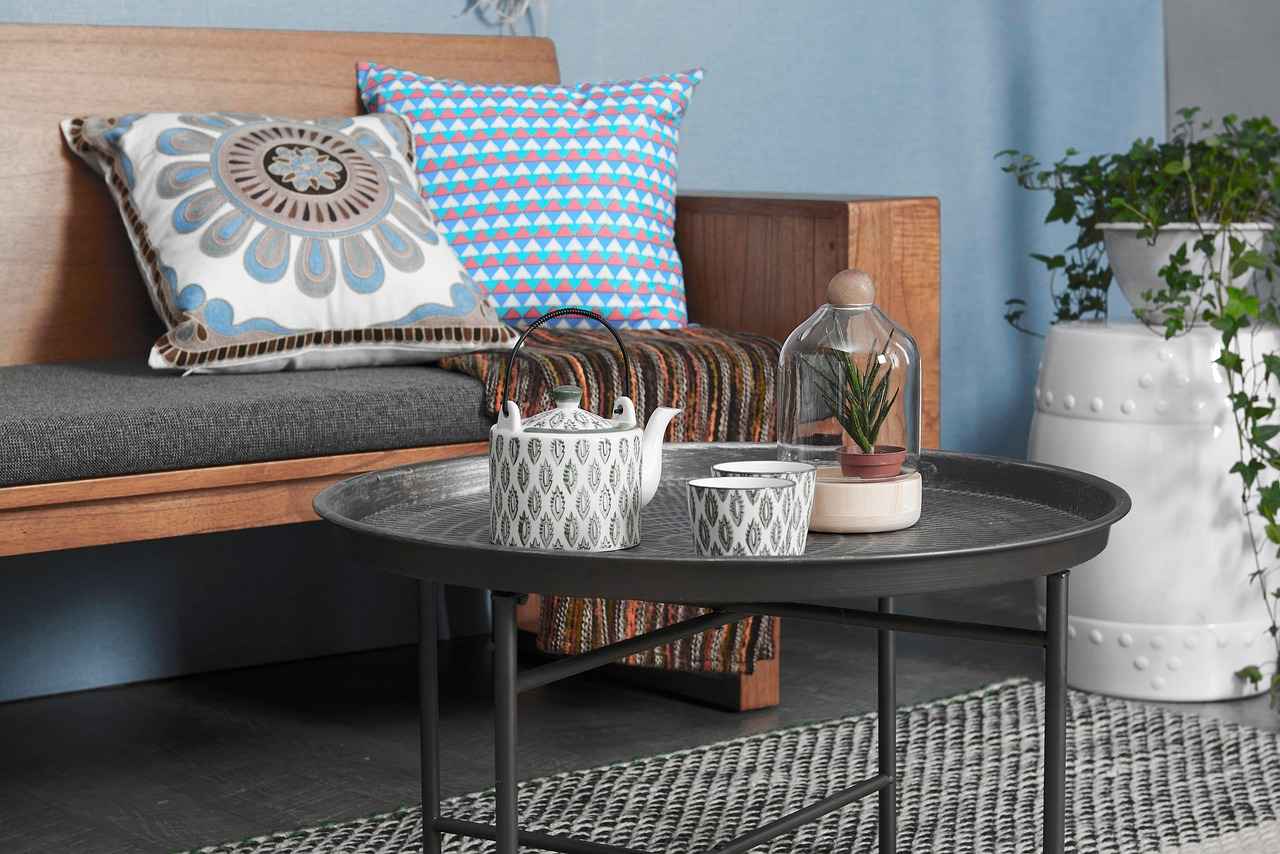
How to Maintain and Care for Your Room Divider?
Maintaining and caring for your room divider is essential to ensure it remains functional and visually appealing over time. With a few simple steps, you can extend the life of your divider and keep it looking fresh. Below are key considerations and practical tips for proper maintenance.
Regular maintenance is vital for preserving the integrity and aesthetics of your room divider. Dust, dirt, and wear can accumulate, diminishing its appeal and functionality. By investing time in care, you can avoid costly replacements and ensure that your divider continues to serve its purpose effectively.
Cleaning your room divider should be done regularly to prevent buildup. Here are some effective cleaning methods based on materials:
- Fabric Dividers: Use a vacuum cleaner with an upholstery attachment to remove dust. For stains, spot clean with a mild detergent and water.
- Wood Dividers: Wipe down with a soft, damp cloth and a wood-safe cleaner to maintain shine. Avoid soaking the wood to prevent warping.
- Metal Dividers: Clean with a damp cloth and a gentle cleaner to avoid scratches. For rust, use a fine steel wool pad and follow with a protective spray.
How you handle your room divider can significantly impact its lifespan. Here are some tips:
- Avoid Force: When moving the divider, lift it gently instead of dragging it across the floor, which can cause scratches or damage.
- Store Properly: If you need to store your divider, keep it in a dry place, away from direct sunlight, to prevent fading or warping.
- Check for Loose Parts: Regularly inspect hinges or other movable parts, tightening screws if necessary to ensure stability.
To further protect your room divider, consider the following:
- Use a Cover: If your divider is not in use, covering it with a fabric or plastic sheet can protect it from dust and damage.
- Avoid Moisture: Keep your divider away from areas with high humidity, as moisture can cause mold in fabric and warping in wood.
- Consider Placement: Position your divider away from high-traffic areas to minimize the risk of accidental bumps or knocks.
If your room divider has sustained significant damage, such as deep scratches or tears, it may be time to consult a professional. Restoration experts can often repair or refinish your divider, extending its life and restoring its appearance.
By following these maintenance tips, you can ensure that your room divider remains a stylish and functional part of your living space for years to come. Regular cleaning, careful handling, and protective measures will keep it looking fresh and serve you well over time.
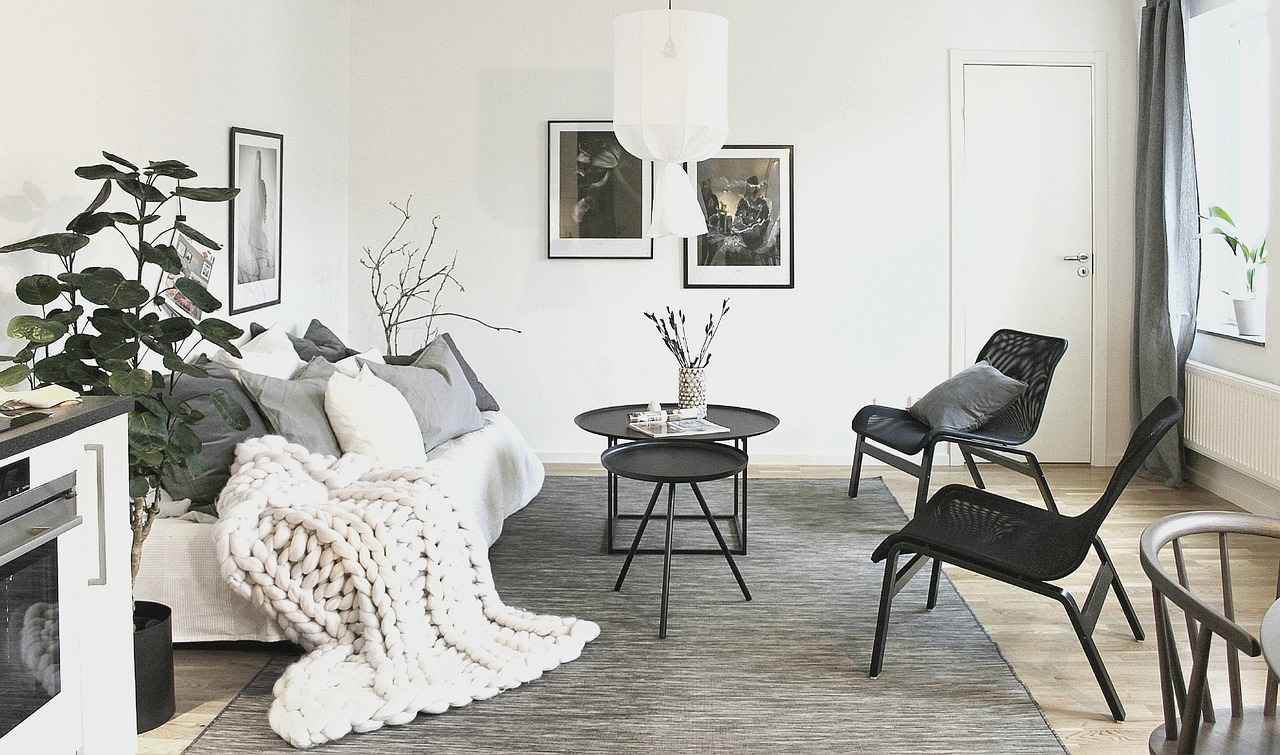
Where to Buy Portable Room Dividers?
When it comes to enhancing your living space, portable room dividers are a fantastic solution, especially for renters. They allow you to create privacy and define areas without the need for permanent fixtures. But where can you find the best options? Let’s explore some of the top places to buy portable room dividers, ensuring you find the perfect fit for your needs.
Numerous retailers offer a wide selection of portable room dividers, both online and in-store. Here are some great options to consider:
- Home Goods Stores: Retailers like Target and Walmart provide a variety of affordable room dividers. You can find options ranging from fabric screens to wooden panels, catering to different styles and budgets.
- Furniture Retailers: Stores such as IKEA and Wayfair specialize in home furnishings, including stylish room dividers. They offer unique designs that can complement your existing decor.
- Online Marketplaces: Websites like Amazon and eBay feature a vast selection of dividers from various sellers. This allows you to compare prices, read reviews, and find the best deals.
- Specialty Shops: Look for local boutiques or specialty shops that focus on home decor. They often carry unique and artisanal room dividers that can add a personal touch to your space.
- DIY Options: If you’re feeling creative, consider building your own room divider. You can find materials at local hardware stores or repurpose items like bookshelves or curtains to create a custom solution.
When shopping for a room divider, it’s important to consider your specific needs. Think about the size, style, and material that best suits your living space. For example, if you have a small apartment, a folding screen might be the best option as it can be easily stored away when not in use.
Another factor to consider is the price range. Room dividers can vary widely in cost, depending on the material and design. Generally, you can find affordable options starting around $50, while high-end models can reach several hundred dollars. Be sure to set a budget before you start shopping to avoid overspending.
In addition to traditional retailers, many online platforms offer user-friendly interfaces that allow you to filter results based on your preferences. This can save you time and help you find the ideal room divider more efficiently.
To ensure you make the best choice, don’t forget to read customer reviews and product descriptions. This will give you insight into the quality and functionality of the dividers you’re considering. Look for options that are easy to assemble and maintain, as this will enhance your experience.
Ultimately, finding the right portable room divider can transform your living space, providing both privacy and style. With so many options available, from budget-friendly to luxurious, you’re sure to find a solution that fits your needs and enhances your home.
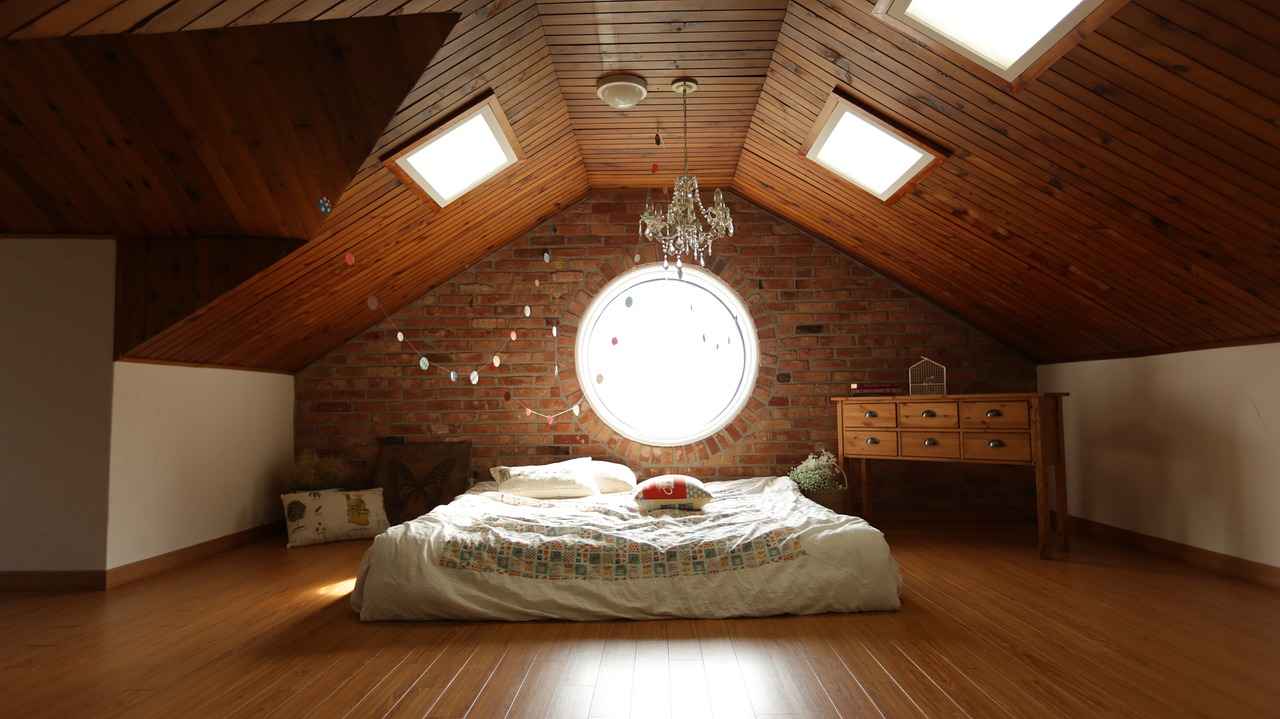
Cost Considerations for Room Dividers
When it comes to enhancing your living space with room dividers, understanding the cost considerations is crucial for effective budgeting. The price of room dividers can fluctuate significantly based on several factors, including material, design, and brand. This variability means that taking the time to compare options can lead to better choices that fit your financial plan.
Several key factors influence the cost of room dividers:
- Material: The type of material used can greatly impact the price. For example, fabric dividers are typically more affordable, while wood or metal options may come at a higher cost due to their durability and aesthetic appeal.
- Design: Unique or intricate designs often command a higher price. Simple, functional dividers will generally be less expensive than those with elaborate patterns or custom features.
- Brand: Well-known brands may charge a premium for their products, while lesser-known brands might offer similar quality at a lower price.
Understanding the typical price ranges can help you set a realistic budget:
| Type of Divider | Price Range |
|---|---|
| Fabric Dividers | $50 – $150 |
| Wooden Dividers | $100 – $300 |
| Metal Dividers | $80 – $250 |
| Custom Designs | $200 and up |
To find the best deals on room dividers, consider these options:
- Online Retailers: Websites like Amazon, Wayfair, and Overstock often have competitive prices and a wide selection.
- Local Furniture Stores: Visiting local stores can also yield good options, especially during sales events.
- Thrift Stores and Marketplaces: Don’t overlook second-hand options; platforms like Facebook Marketplace or Craigslist can offer great finds.
While it might be tempting to choose the cheapest option, investing in a higher-quality room divider can pay off in the long run. Quality dividers tend to be more durable and aesthetically pleasing, enhancing the overall look of your space. Additionally, they may provide better functionality, such as sound insulation or better stability.
Here are some practical tips to help you budget effectively:
- Set a Clear Budget: Determine how much you are willing to spend before you start shopping.
- Consider Multi-Functionality: Look for dividers that can serve multiple purposes, such as a bookshelf and a room divider.
- Watch for Sales: Keep an eye out for seasonal sales and discounts, which can significantly reduce costs.
In conclusion, understanding the cost considerations for room dividers is essential for making informed decisions. By evaluating materials, designs, and where to purchase, you can find the perfect divider that meets your needs without breaking the bank.
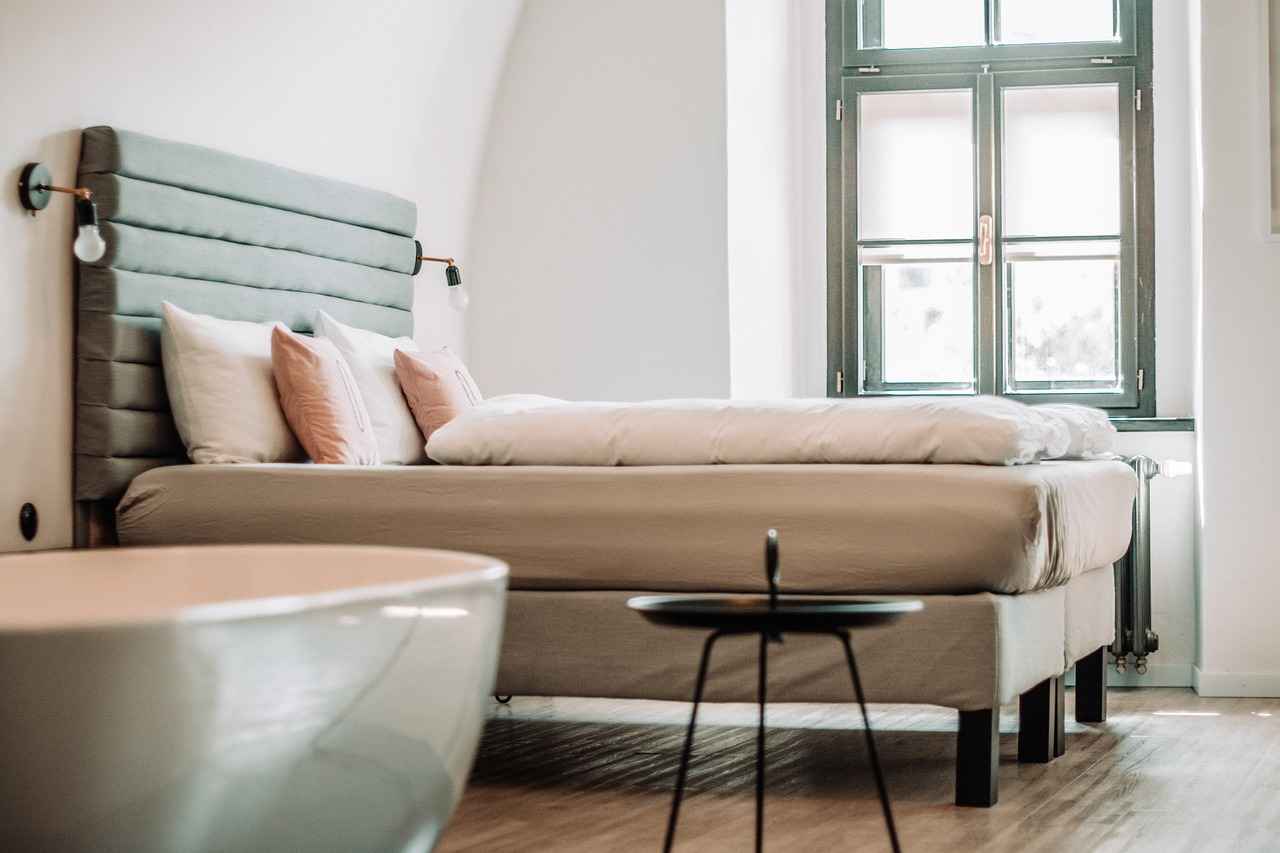
Real-Life Applications of Room Dividers
Room dividers are not just functional; they can also be a stylish addition to any space. These versatile partitions can transform various environments, from cozy apartments to bustling offices, allowing for enhanced privacy and improved functionality. In this section, we will explore the and how they can be effectively utilized in different settings.
In living rooms, room dividers serve multiple purposes. They can create a sense of privacy for different family members, especially in open-concept layouts. For instance, a folding screen can separate a reading nook from the main seating area, allowing for a cozy corner without permanent alterations. Additionally, decorative dividers can serve as art pieces, adding visual interest while maintaining functionality.
In office environments, room dividers are invaluable for creating designated workspaces, especially in shared offices. They help to minimize distractions by providing a visual barrier between employees. A modular divider can be adjusted to suit changing team dynamics, promoting collaboration while still allowing for individual focus. Furthermore, sound-absorbing materials can enhance acoustic comfort, making them a practical choice for busy workspaces.
In bedrooms, room dividers can be used to separate sleeping areas from dressing spaces or workstations. A curtain divider can create a soft, inviting atmosphere while allowing flexibility in the layout. This is especially useful in studio apartments where space is limited. By simply pulling back the curtains, residents can open up the room for a more spacious feel.
Many restaurants and cafés utilize room dividers to create intimate dining experiences. These dividers can help manage noise levels and create a more comfortable setting for guests. For example, wooden slatted dividers can provide a rustic charm while ensuring privacy for diners. This not only enhances the ambiance but also encourages longer stays and increased customer satisfaction.
In educational institutions, room dividers can be employed to create flexible learning environments. They allow educators to modify classroom layouts quickly, accommodating different teaching styles and group sizes. For instance, mobile whiteboard dividers can be used for brainstorming sessions or group activities, fostering collaboration while maintaining structure.
Outdoor areas can also benefit from room dividers. They can define spaces in gardens or patios, creating cozy nooks for relaxation or dining. Outdoor screens made from weather-resistant materials can provide privacy from neighbors while adding an aesthetic element to the landscape. This versatility allows homeowners to enjoy their outdoor spaces to the fullest.
For those looking to personalize their spaces, DIY room dividers offer a creative solution. Using repurposed materials such as old doors, pallets, or even fabric can result in unique designs that reflect individual style. This not only saves costs but also adds a personal touch to the decor.
In conclusion, room dividers are a practical and stylish solution for enhancing privacy and functionality across various settings. Their versatility makes them an essential element for anyone looking to optimize their living or working environment.
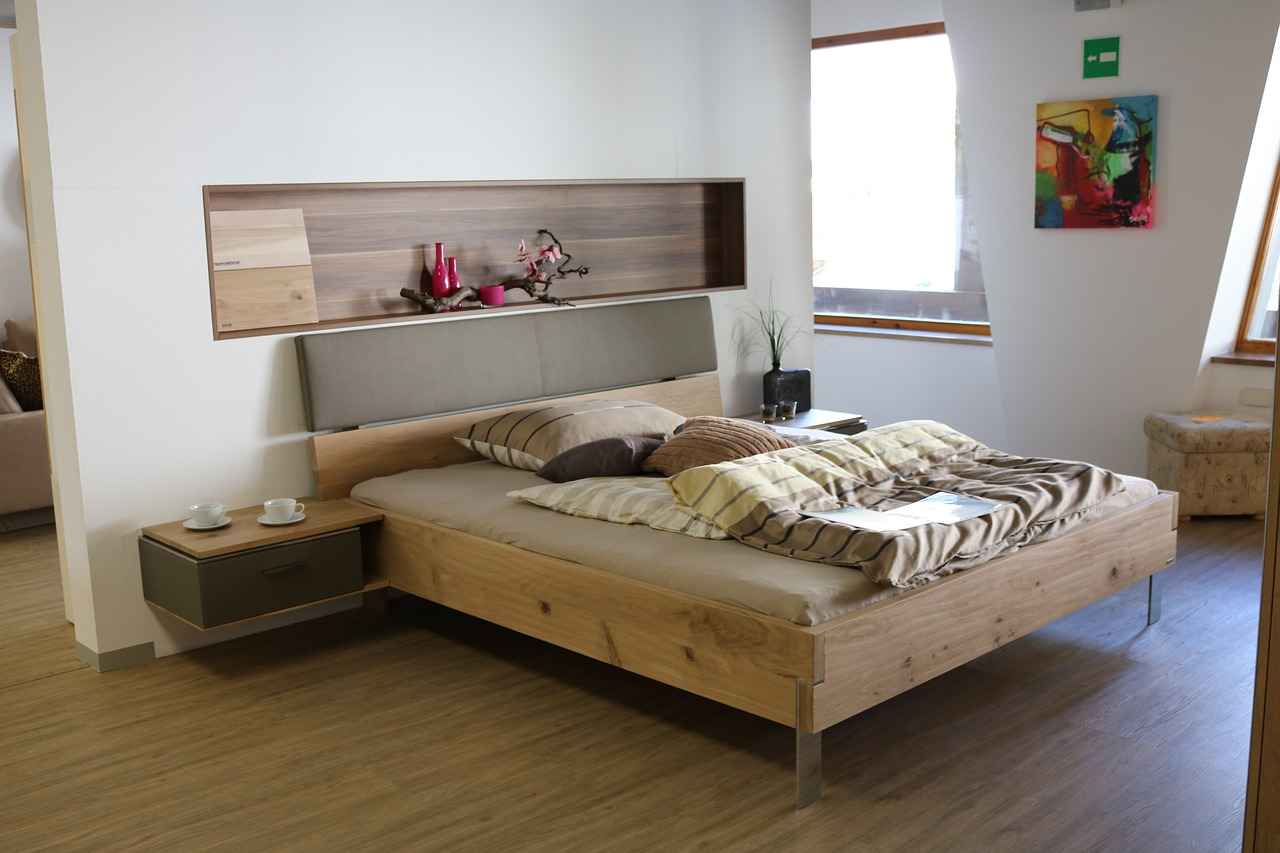
Benefits of Using Room Dividers in Small Spaces
In today’s urban living, where space is often at a premium, room dividers emerge as an essential tool for maximizing functionality and privacy. Especially in small living areas, these versatile solutions can transform a single room into multiple usable spaces, making them a favorite among renters and homeowners alike.
One of the primary benefits of using room dividers is the ability to create distinct areas within a shared space. For instance, a studio apartment can be divided into a cozy sleeping nook and a functional living area, allowing for a more organized and visually appealing environment. This separation not only enhances the aesthetic appeal but also promotes a sense of personal space, which is crucial in a shared living situation.
Moreover, room dividers contribute significantly to privacy. In small homes or apartments, where walls may be thin or non-existent, a room divider can provide a much-needed barrier. This is particularly beneficial for individuals who work from home or share their living space with roommates. By utilizing a room divider, you can create a temporary office space or a quiet reading corner, ensuring that you have a peaceful environment to focus on your tasks.
Another advantage is the flexibility that room dividers offer. They can be easily moved, rearranged, or removed, allowing residents to adapt their space according to their changing needs. Whether you want to host a small gathering or need an extra area for guests, a portable room divider can be a quick and efficient solution. This adaptability is particularly appealing to renters who may not want to commit to permanent alterations in their living spaces.
When considering the types of room dividers available, options range from folding screens and curtains to bookshelves and panels. Each type serves a different purpose and can complement various decor styles. For instance, a stylish fabric curtain can add a soft touch to a modern space, while a wooden folding screen may enhance a more traditional aesthetic. Choosing the right style can elevate the overall look of your home while serving a functional purpose.
Additionally, room dividers can assist in better organization of your belongings. By creating designated areas for different activities, you can reduce clutter and maintain a tidy environment. For example, a bookshelf divider can not only separate spaces but also provide storage for books and decorative items, adding both utility and charm to your room.
In terms of cost, room dividers are typically more affordable than extensive renovations or permanent installations. They offer a budget-friendly way to enhance your living space without the need for drilling or significant investment. Many retailers offer a wide range of options at various price points, making it easy to find a solution that fits your budget.
In conclusion, the benefits of using room dividers in small spaces are numerous. From enhancing privacy and functionality to providing flexibility and organization, these versatile solutions are ideal for anyone looking to make the most of their living area. With a variety of styles and materials available, finding the perfect room divider to suit your needs and aesthetic preferences has never been easier.
Frequently Asked Questions
- What are the benefits of using portable room dividers?
Portable room dividers offer a range of benefits, especially for renters. They create privacy, define spaces, and can easily be moved or adjusted as needed. This flexibility allows you to adapt your living area without making permanent changes, which is perfect for those living in rental properties.
- Can I use a room divider in a small space?
Absolutely! Room dividers are particularly useful in small spaces. They can help organize areas, making a single room feel more functional by creating separate zones for sleeping, working, or relaxing. Think of them as a magic trick for your space!
- What materials are best for portable room dividers?
The best materials depend on your style and needs. Fabric dividers offer a soft touch and can be easily moved, while wood and metal provide sturdiness and a more modern aesthetic. Consider your decor and how much wear and tear the divider will face when choosing the right material.
- How do I maintain my room divider?
Maintenance is key to keeping your room divider looking great! Regularly dust it and clean it according to the material. For fabric dividers, a gentle wash or vacuuming can do wonders, while wood dividers may need occasional polishing to keep them shiny.
- Where can I buy portable room dividers?
You can find portable room dividers at various retailers, both online and in-store. Check out home goods stores, furniture outlets, or specialty shops. Don’t forget to compare prices and styles to find the perfect fit for your space!














